A content strategy and a content calendar are two different things, but they work together to help you create effective content for your business.
In this blog post, we will explore the differences between a content strategy and a content calendar, and why having a solid content strategy in place is crucial before creating a content calendar.
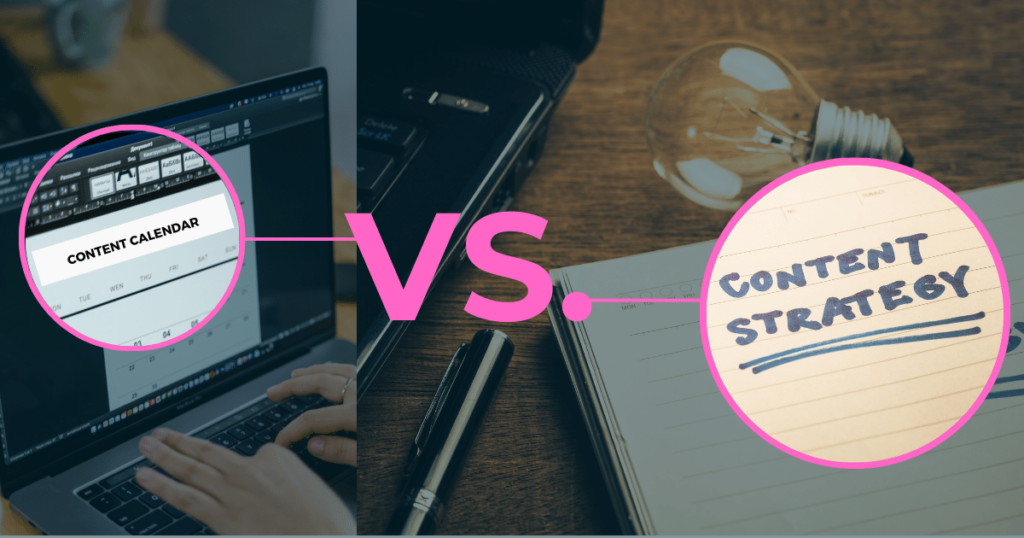
AFFILIATE DISCLAIMER: I SOMETIMES LINK TO PRODUCTS AND SERVICES TO HELP COVER THE COSTS OF RUNNING THIS BLOG. THERE’S NO EXTRA COST TO YOU – AND I ONLY RECOMMEND PRODUCTS THAT I’VE BOTH USED PERSONALLY AND THINK ARE QUALITY PRODUCTS THAT HELP WITH EFFICIENCY. PLEASE READ MY AFFILIATE DISCLOSURE FOR MORE INFORMATION. THANKS FOR YOUR SUPPORT!
Table of Contents
- What is a Content Calendar?
- Researching Your Target Buyers
- What are their biggest pain points?
- Are any current trends affecting them?
- What are some common hobbies of your target customer?
- What does your target customer normally spend their disposable income on?
- What do your target customers need to hear to make a decision to buy?
- How does each piece of content tie into your business’ goals?
- How often can you publish without reaching burnout or losing content quality?
- Currently, how visible is your brand online?
- Conclusion
What is a Content Strategy?
A content strategy is the foundation of your content marketing efforts. It answers the question of why you are creating content and for whom you are creating it. It outlines your goals, target audience, and the types of content you will create to engage with them. A content strategy also includes a content audit and a competitive analysis, which help you understand what type of content is already out there and how you can differentiate yourself. I’ve created a Content Strategy Framework: As Easy As ABC that’ll give you an overview of what should be included in your content strategy.
What is a Content Calendar?
A content calendar is a tool that helps you plan, organize, and execute your content strategy. It lays out a schedule of when you will publish content, what type of content you will publish, and on which channels you will publish it. A content calendar ensures that you are consistently creating and publishing content that aligns with your overall content strategy.
Researching Your Target Buyers
Knowing who your target buyers are is essential in creating a content strategy. It’s important to research your target buyers and understand their pain points, current trends affecting them, common hobbies, age range, income level, and what they spend their disposable income on.
This information will help you create content that resonates with your target audience and addresses their specific needs. But more importantly, be sure to perform market research that looks into your ideal buyers’ actions online and the language they use to talk about their current pain points and frustrations.
This is where you’ll see the biggest return on your investment of time into your market research. You can use this their exact language or exact phrases to easily sell to them on your sales pages, in your emails, and so much more. It makes launching your offers and creating content that sells so much easier.

What are their biggest pain points?
Understanding the pain points of your target buyers is crucial in creating a content strategy. This information will help you create content that addresses their specific problems and provides solutions to those problems.
This is what I like to call connected content. It’s the content that makes your ideal buyers feel heard. They instantly resonate with your content because they think yes, this person gets it. I feel like she’s inside my mind.
Are any current trends affecting them?
Staying on top of current trends that affect your target buyers is also important in creating a content strategy. This information will help you create content that is relevant and addresses the current needs of your target audience.
These won’t solve any evergreen content issues, but they’ll help you stay relevant with your audience in the online space.
What are some common hobbies of your target customer?
So, it’s important to know common hobbies of your ideal buyers because you can understand how they work and the actions they’ll most likely take online.
It helps to know if your ideal buyers are spending time on social media, or if they’re multi-tasking moms listening to podcasts while out for a walk with their kids. These types of insights will be invaluable to your content strategy and your content creation efforts down the road.

What does your target customer normally spend their disposable income on?
Knowing what your target customers spend their disposable income on will help you create content that resonates with them and addresses their specific needs and interests.
I find it’s more important to think in these “gray area” terms, rather than so black and white. Yes, person A could make $50,000 to Person B’s $100,000, but it’s more about what they’re willing to spend their disposable or extra income on rather than simply looking at income level.
And this is just one more reason to perform proper market research, and not just do a simple 10 minute brainstorm.
Essentially your brainstorm is just a hypothesis, like a sixth grade science fair. You need to do some market research (manual and with tools) to back up your hypothesis.
What do your target customers need to hear to make a decision to buy?

To make a decision to buy, your target customers need to hear that your product or service addresses their pain points, provides a solution to their problem, and is a good value for their money.
Your content should aim to communicate this to your ideal buyers, but it also needs to be clear and concise. When buying anything, but especially online digital products or online services, people need to understand what you’re selling.
They need to know what they’e getting in exchange for their hard-earned money. And they need to know that you have some social proof or testimonials backing it up. Even if you have to do some work for free in exchange for testimonials, it’s important to get that social proof.
As Robert B. Cialdini said in Influence: The Psychology of Persuasion, “The principle of social proof says so: The greater the number of people who find any idea correct, the more the idea will be correct.” When people see testimonials, they automatically start to see it as being more real or more trustworthy. (Now, there will always be skeptics for anything, but the majority of people will trust social proof.)
How does each piece of content tie into your business’ goals?
It is important to ensure that each piece of content you create aligns with your overall business goals. For example, if one of your goals is to increase brand awareness, your content should aim to educate your target audience about your brand and its unique value proposition. If your goal is to drive sales, your content should focus on the benefits of your product or service and include calls to action to purchase.
How often can you publish without reaching burnout or losing content quality?
The frequency at which you publish content will depend on various factors such as your resources and the size of your team.
It’s important to find a balance between publishing enough content to keep your audience engaged without reaching burnout or sacrificing the quality of your content. And if you’re a solopreneur, the fequncy that you post online depends on your schedule and so many other outside factors.
For me, my kids come first. If I don’t put somehting out for a few days, so be it. That’s why I didn’t just create a content strategy for the topics that I post about online, but I also thought about the platforms that would work for my business goals, my audience, and for my personal life outside of work.
So, think about what platforms and posting schedules work with the lifestyle you currently have or the lifestyle you want to have?
And I think what’s even more important than posting consistency (or posting frequency), is topic consistency. Everyone online will tell you to stay consistent with your posting. What they really mean is don’t give up. Or rather, that’s what they should mean. You shouldn’t feel so tied down by an algorithm that you can’t take a week off or a sick day.
I’m going to tell you it isn’t about the times or frequency that you post, so much as it is about staying consistent with the topic that you talk about.
Repeatedly talking or posting about the same topic shows your authority and helps build up an audience of followers that want to know more about that specific topic. The algorithm will see your posting frequency that you can *actually* handle, and still show your content to your audience if you do one thing: have great content.
Great content that resonates with your ideal buyers will always trump the algorithm, trending sounds, posting frequency, and many more myths about growing an audience online.
You don’t even have to do TikTok to grow an audience. You don’t even need traditional social media (TikTok, Instagram, Facebook, LinkedIn), if you don’t want to use it.
If you want to stick to content for search engines like Google, YouTube, or Pinterest, do that. I promise you’ll be fine. You just need a content strategy that connects to your ideal buyers and sells your paid offers.
Currently, how visible is your brand online?
To understand the current visibility of your brand online, you can conduct a brand audit. This includes analyzing your website’s search engine rankings, social media following, and online reviews.
You can also track your brand’s mentions in the media and on other websites. Understanding your current online visibility will help you identify areas for improvement and create a strategy to increase your brand’s visibility.
Related Article: 5 Small Business Branding Tips: Essential for Mom Entrepreneurs

Conclusion
And there you have it. A content strategy and a content calendar are two important tools that work together to help you create effective content for your business. A content strategy is the foundation that guides your content creation, while a content calendar is a tool that helps you execute your strategy.
It’s crucial to have a solid content strategy in place before creating a content calendar, to ensure that your content aligns with your business goals and resonates with your target audience. With a solid content strategy and content calendar in place, you can create content that effectively engages your target audience and drives business success.
-
10 SEO Myths and Facts: And how they’re crucial to your SEO success
Search engine optimization (SEO) can be intimidating. I get it. Especially with all the common SEO myths and facts out there today. So I’m going to get straight to the point with these top 10 SEO myths. And the truth behind each. Because you need to know what areas of SEO are important and whats…
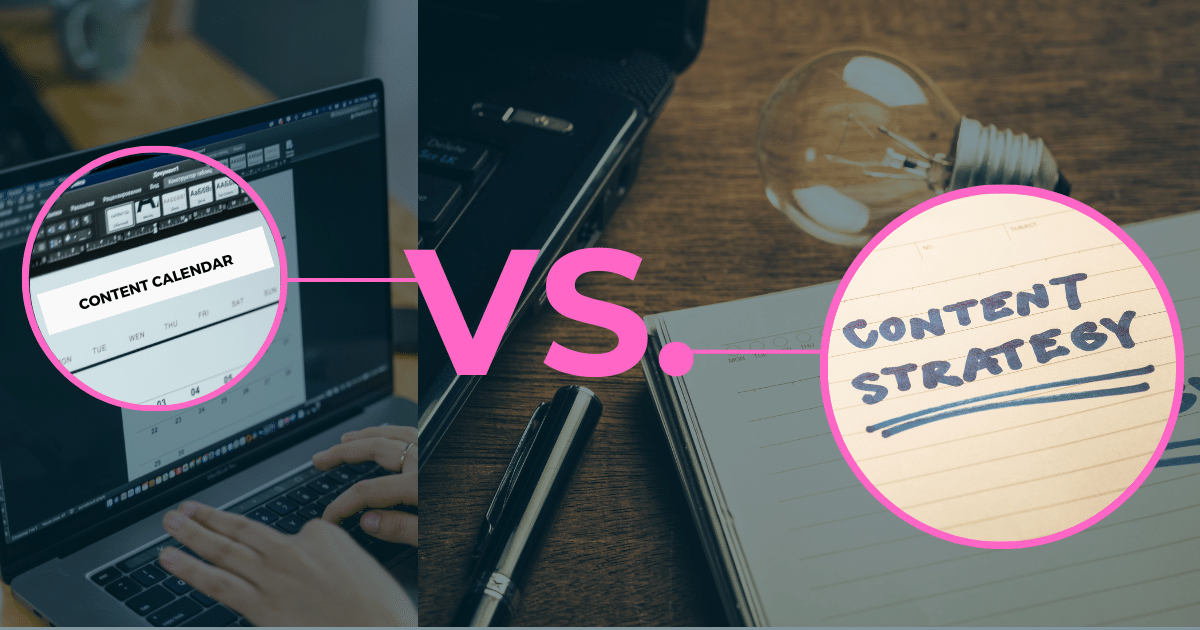
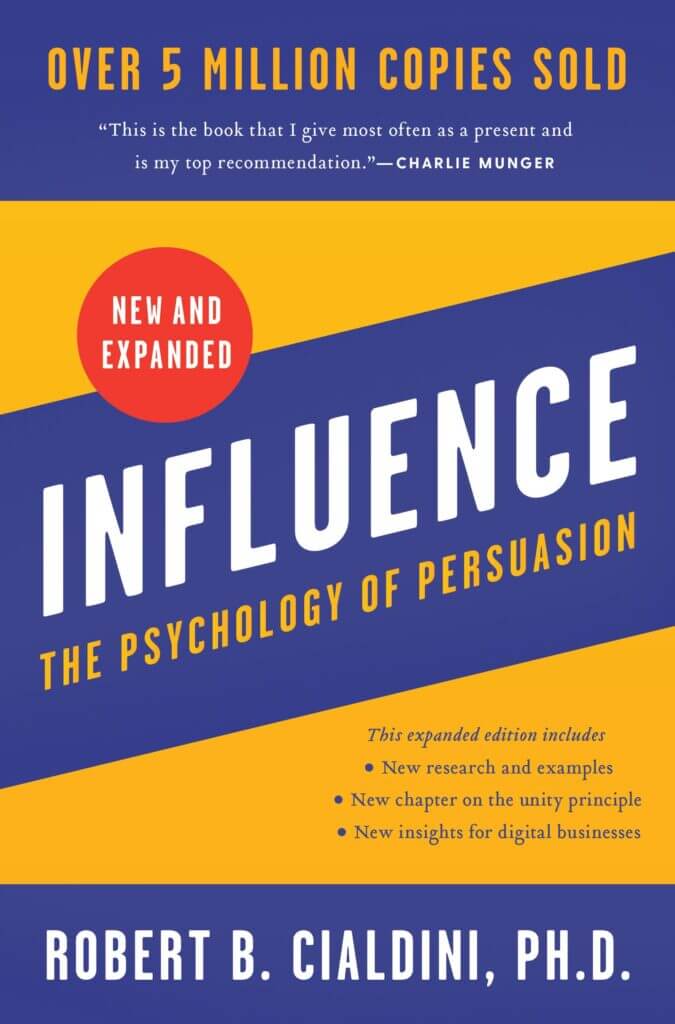
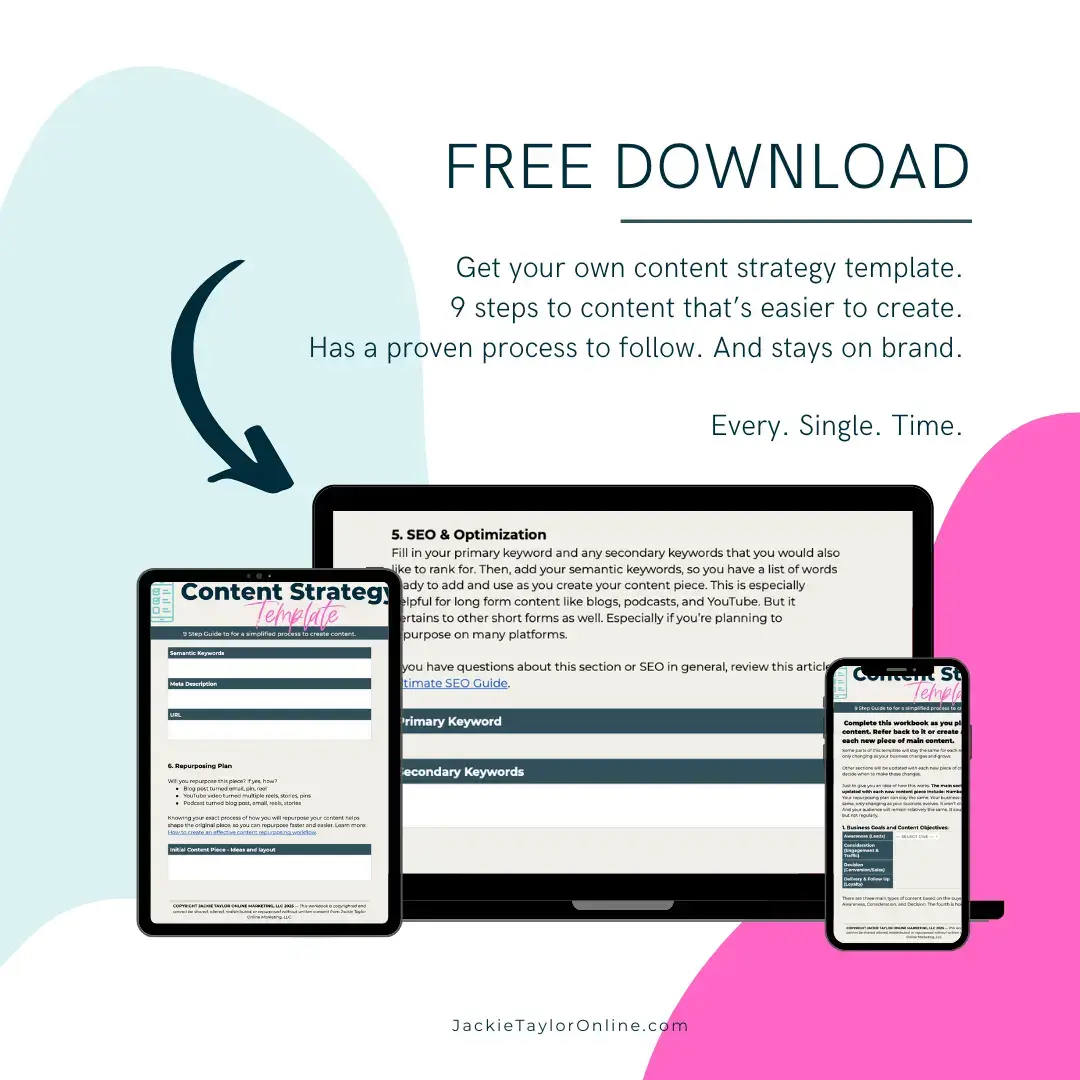

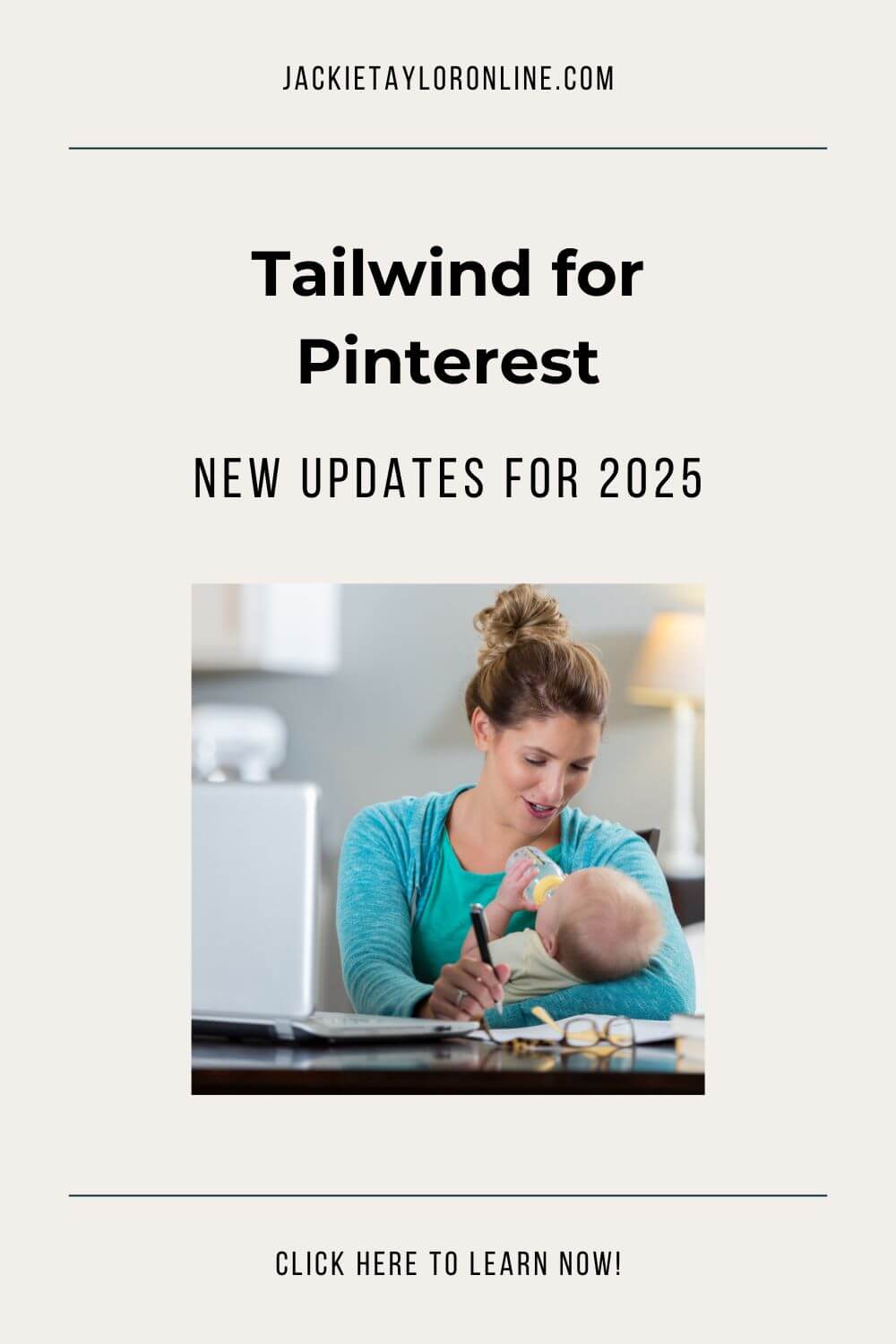
+ show Comments
- Hide Comments
add a comment